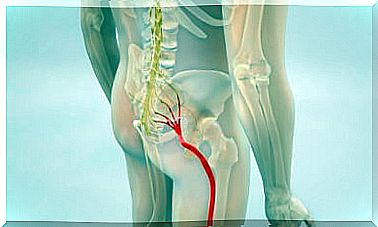How To Read Egg Labels
If you regularly consume eggs, you will know that they have a label, which is not always easy to read, for this reason, below we are going to show you all the keys that will allow you to correctly read the labels of the eggs.
Regulations on the identification code of eggs
All eggs marketed within the European Union have a code printed on the shell itself ; This allows the product to be traced from the beginning of the marketing chain. Thus, on this label we find various data: from the location of the farm where the eggs come from, to the end of the marketing chain.
You can know in detail who, where and how the egg is produced. On the other hand, the labeling of the eggs also specifies the expiration date, the diet to which the hens have been subjected and the place where they were packed.

Thanks to the traceability system they have, the identification and registration of each product that goes on the market in the food chain is facilitated. In addition, through the chain of marking and labeling, it is possible to act faster if an incident occurs ; in other words, it is easier to locate a problem to solve it as soon as possible.
How are laying hens raised?
By means of the labeling the consumer can know, for example, the way in which the laying hens are raised. For example, these ways include:
- Rearing in cages. Chickens usually live in small groups. The objective is to simplify health control. Cages are generally easy to clean and allow chickens direct access to their feed.
- The chickens that are on the ground. Feeders, drinkers and nests make up the poultry houses, in which the hens have absolute freedom to move.
- We also find the well-known free-range chickens. Their way of raising is very similar to the chickens that are placed on the ground. What this way of breeding does is give them access to the open air, where they peck and dig into the ground.
- On the other hand, we find chickens that are raised in an environment of organic production. In addition to being raised outdoors, their diet is based on feed, from organic farming.
How to interpret egg labeling

To interpret the labeling on the eggs, you must take into account the following information: the first digit (starting from the left) is a number that indicates the way in which the hen has been raised.
- 0, organic production.
- 1, from free-range hens.
- 2, raised on the ground.
- 3, cage-raised.
On the other hand, if we find two letters, they correspond to the EU country where the eggs come from. Thus, in case we see ES, it refers to Spain.
Then eight digits follow:
- The first two identify the province.
- The next three refer to the municipality in which the farm is located.
- The last three detail the farm in question that is within the town.
The egg packaging

Inside the container there is also other information of interest. For example, you can check the expiration date, the category, the weight of the egg, the center where they have been packaged, the way in which the hens have been raised and they also often present advice on how to preserve them.
In the case of eggs that are sold in bulk, this should not be an impediment to obtain information on the origin of the egg. And it is that the establishments themselves should inform you of the parameters that have been followed and tell you where they come from. In addition, all marketed eggs must be accompanied by a reference explaining how they should be preserved.
All this information must always be located in a visible place. Being able to follow and know the trace of the egg, from the farm to its preservation methods, is essential to find possible elements that could put our health at risk and thus avoid its consumption.









